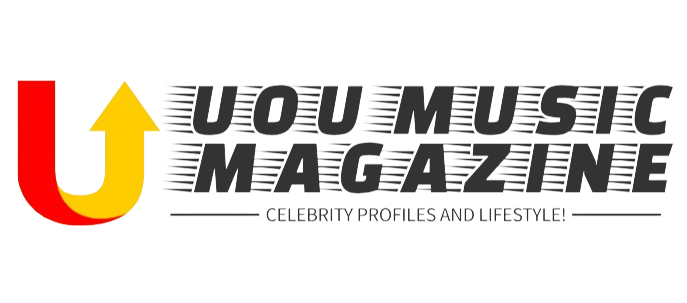Whether you want or need to upgrade, getting the latest gadgets is a good thing. However, the prices of the most recent gadgets can be quite high, and it could be difficult or impractical to pay them in full and in cash. Thankfully, they can either finance or take out a loan from a Singapore money lender.
Each option has its pros and cons, so buyers should be aware of them to make the best decision and avoid future financial troubles.
What is Financing?
Have you ever heard of someone making a deferred payment to buy a high-value item—in this case, a gadget—using a credit card? That is called retailer financing.
What Is a Loan?
On the other hand, taking out a loan means borrowing money from a bank or a money lender for the device you plan to buy. Go to the establishment in question, apply for a loan, and provide the necessary documentation. If they find you trustworthy, your application will be approved, and you will receive the proceeds.
The most common loan product people take out to buy gadgets is an unsecured personal loan. So if you plan to take out one as well, that means you don’t need to provide collateral such as property, a vehicle, or any other important item as collateral. However, you must pay the amount due on or before the deadline, or else you’ll owe the bank or lender more. And if you refuse to pay, you will face legal consequences.
Pros and Cons Between Financing and A Loan
There are advantages and disadvantages to both approaches. To help you decide, we’re breaking them down.
Access to Funds
Pros
- Financing: Because the payment is deferred over a period of time, customers can receive the gadgets quickly without draining their money. With a swipe of their credit card, customers can get their dream gadget.
- Taking out a loan: Borrowing from a money lender requires extra rules and regulations, so it’s not as easy as paying instalments using a credit card. However, you have the option to choose how much money you want to borrow. Also, while using third-party lenders to get a loan, you are not limited to a single store, allowing you to compare gadgets from other sellers and save money.
Cons
- Financing: When a customer commits to financing, they must establish repayment plans in the first place. And this time, the customer must be aware of the hidden fees that the store or the credit card provider might charge.
- Taking out a loan: When dealing with lenders, be aware of charges and fees. The interest fee will raise the cost of the loan. And if you have a bad credit history, you will likely have higher interest rates, so a loan will be less enticing than getting 0% merchant financing.
Interest Rates
Pros
- Financing: As long as it’s a 0% interest purchase, there will be no interest. If it’s not a 0% interest purchase, the interest rate shouldn’t be so high that it would discourage you from buying. As for the credit card bill itself, it doesn’t have interest unless you don’t pay in full.
- Taking out a loan: Loans have interest rates, but they are small enough for most borrowers to be comfortable with paying them over a period of time.
Cons
- Financing: The interest rate slightly increases the price of the item. Also, if you have a bad habit of overusing your credit card and aren’t paying the bill in full, an additional purchase will increase the interest rate, and you’ll incur other charges.
- Taking out a loan: The loan’s interest rate means the total cost of the loan is slightly more than the principal amount.
The Duration of Repayment Terms and Financial Commitment
Pros
- Financing: Usually, financing imposes stricter, shorter repayment terms. This could be useful for customers who wish to pay off their debt as soon as possible.
- Taking out a loan: The money lender determines the terms or allows borrowers to negotiate them so that both parties benefit.
Cons
- Financing: Customers with a tight budget will have to tighten their budget further to ensure they make monthly payments.
- Taking out a loan: The longer terms mean a higher total cost of the loan. If you took out a loan that is just enough to cover the price of the gadget, it can feel like it cost you more than if you bought it in cash or straight payment.
Conclusion
Both retailer financing and taking out a personal have their pros and cons. As a consumer, it is up to you to decide which one best fits your budget and time commitment to them. Be wise and weigh your options carefully so you won’t sacrifice your financial well-being for a gadget.

